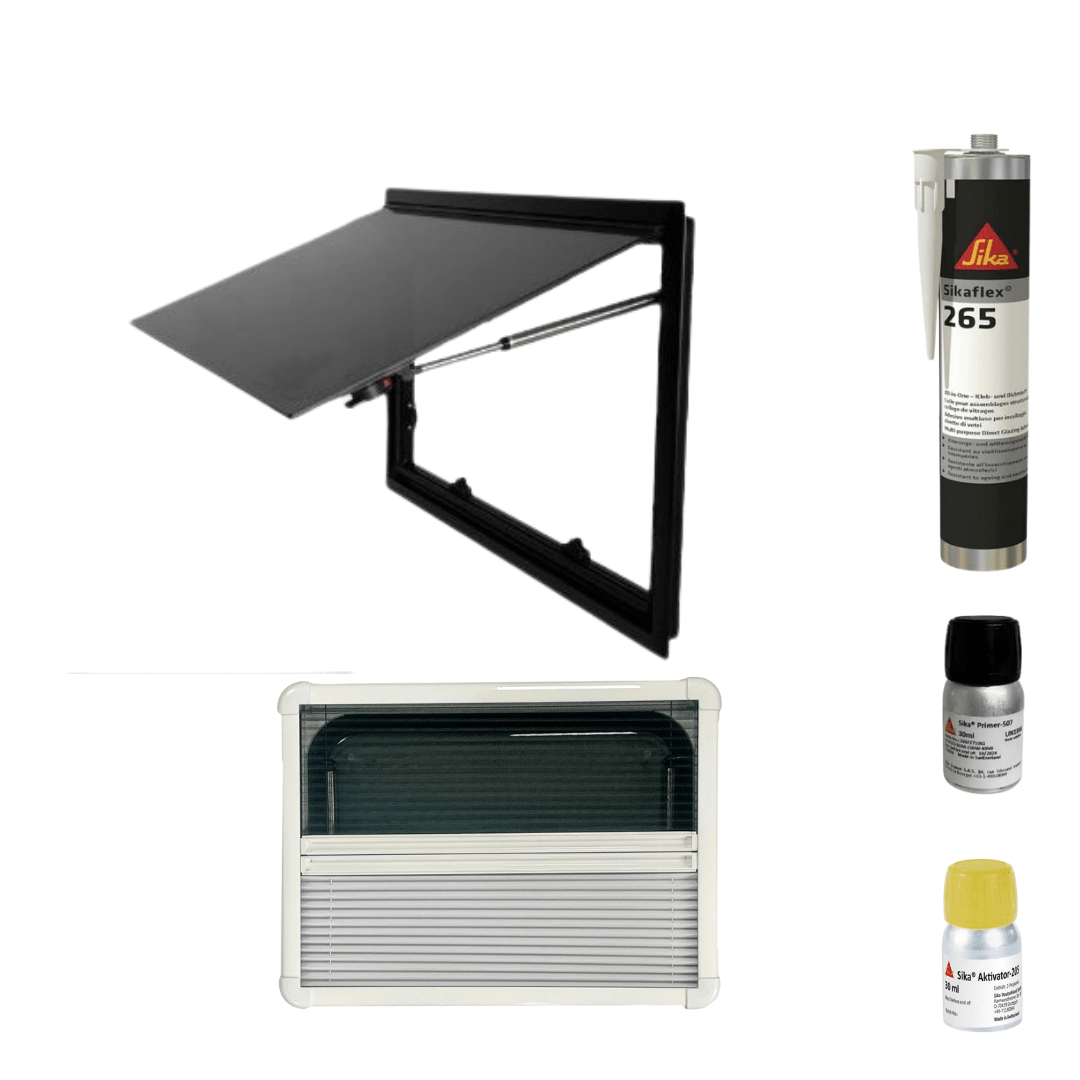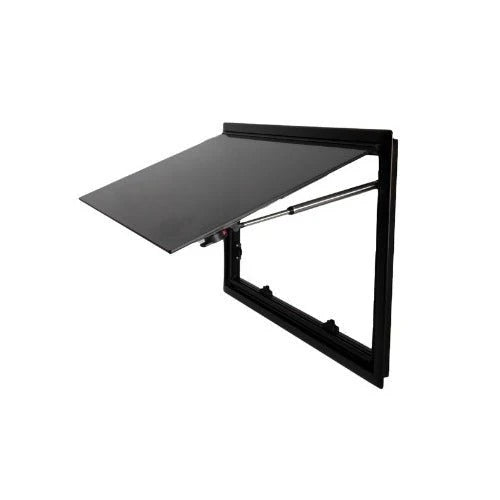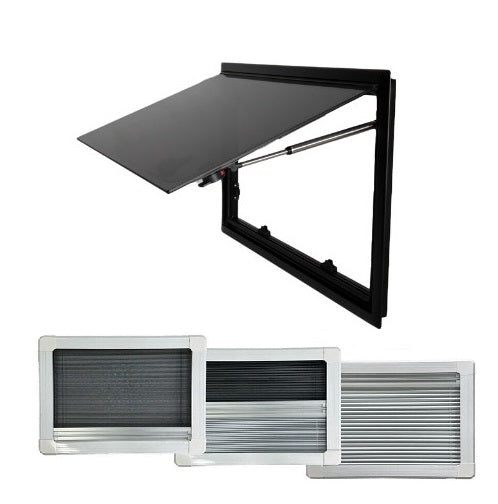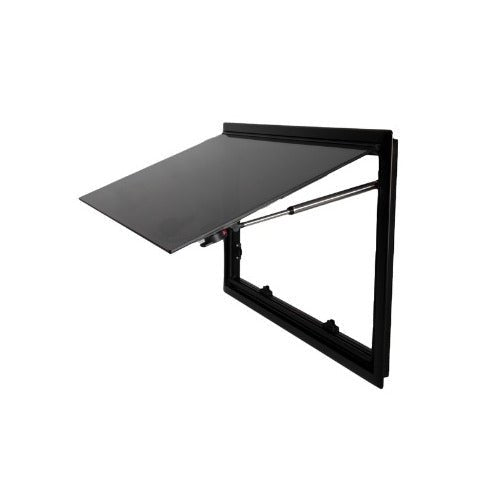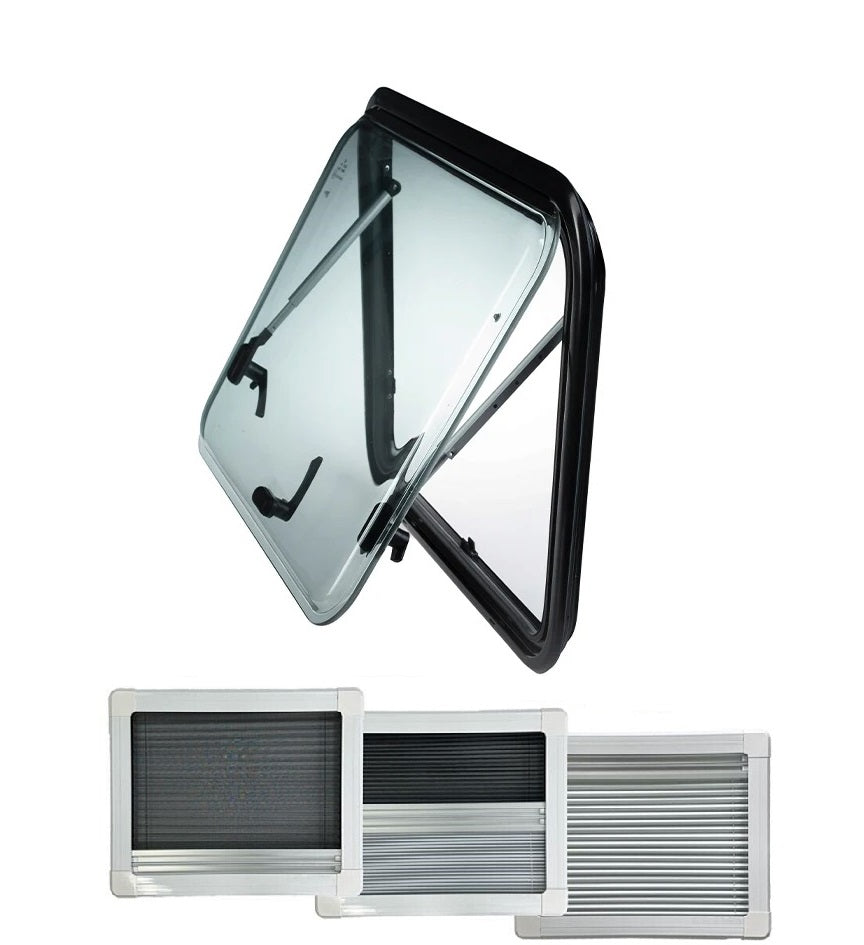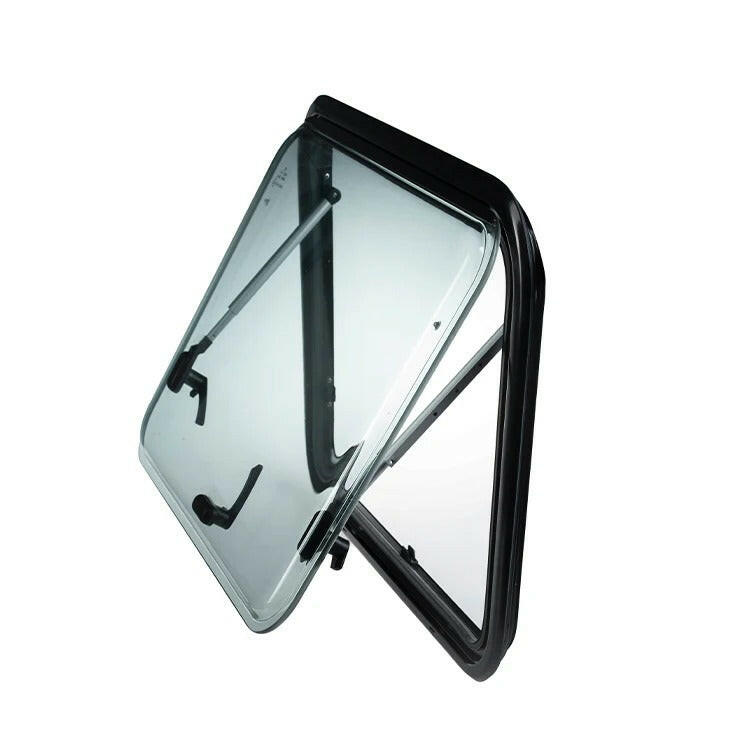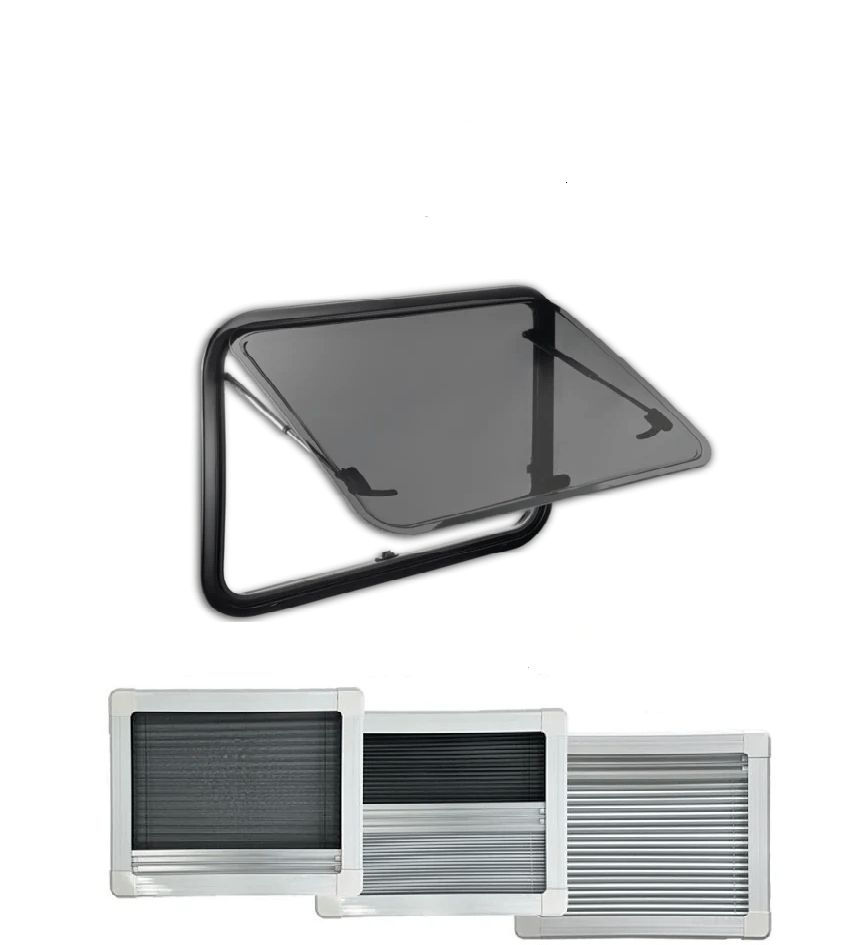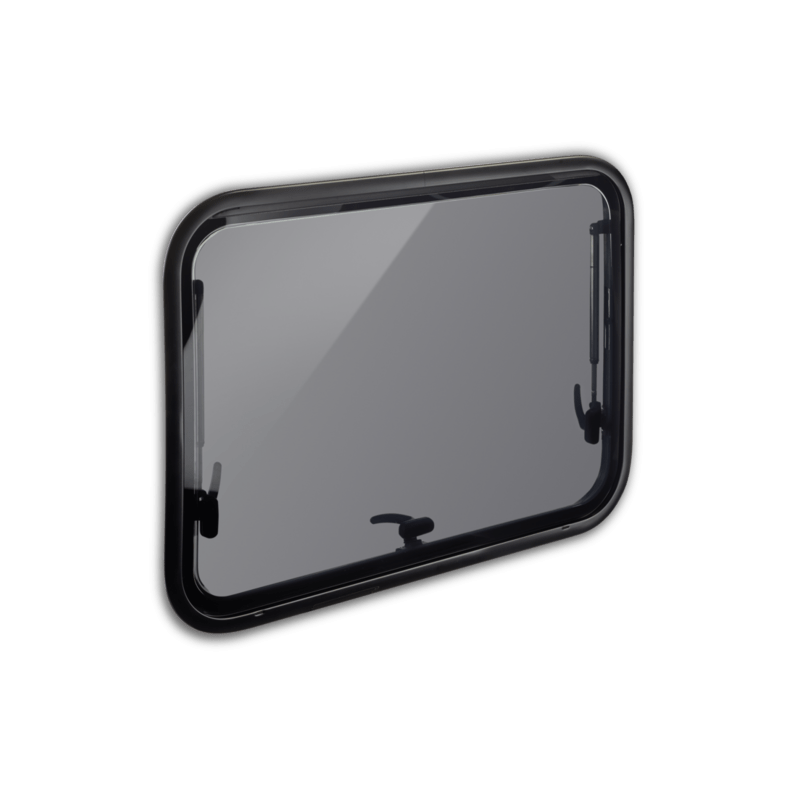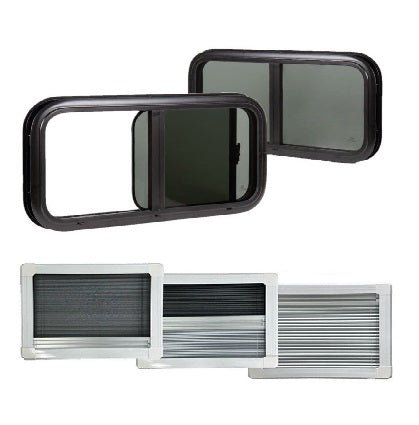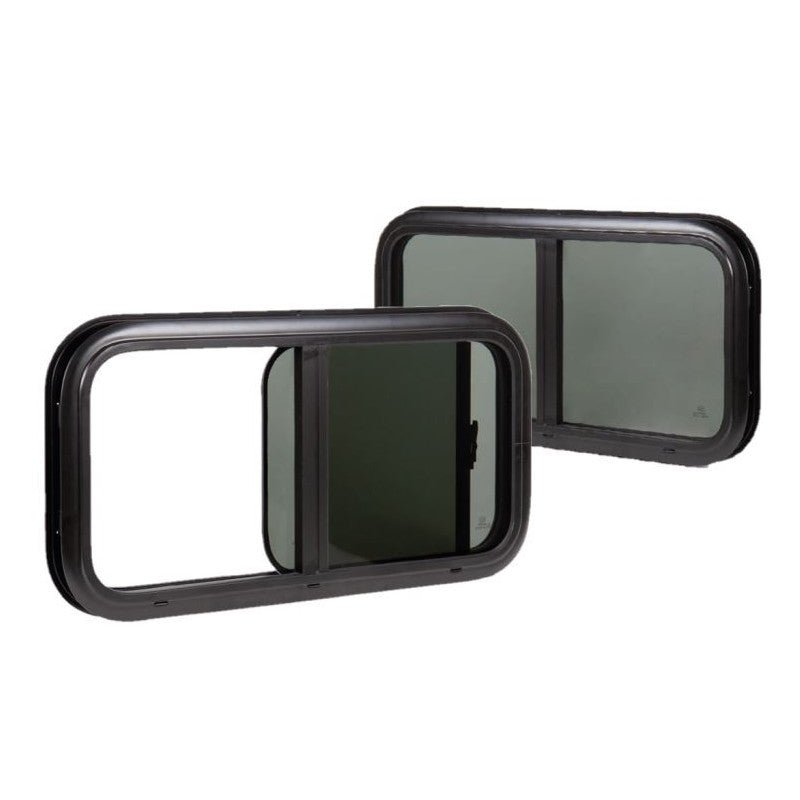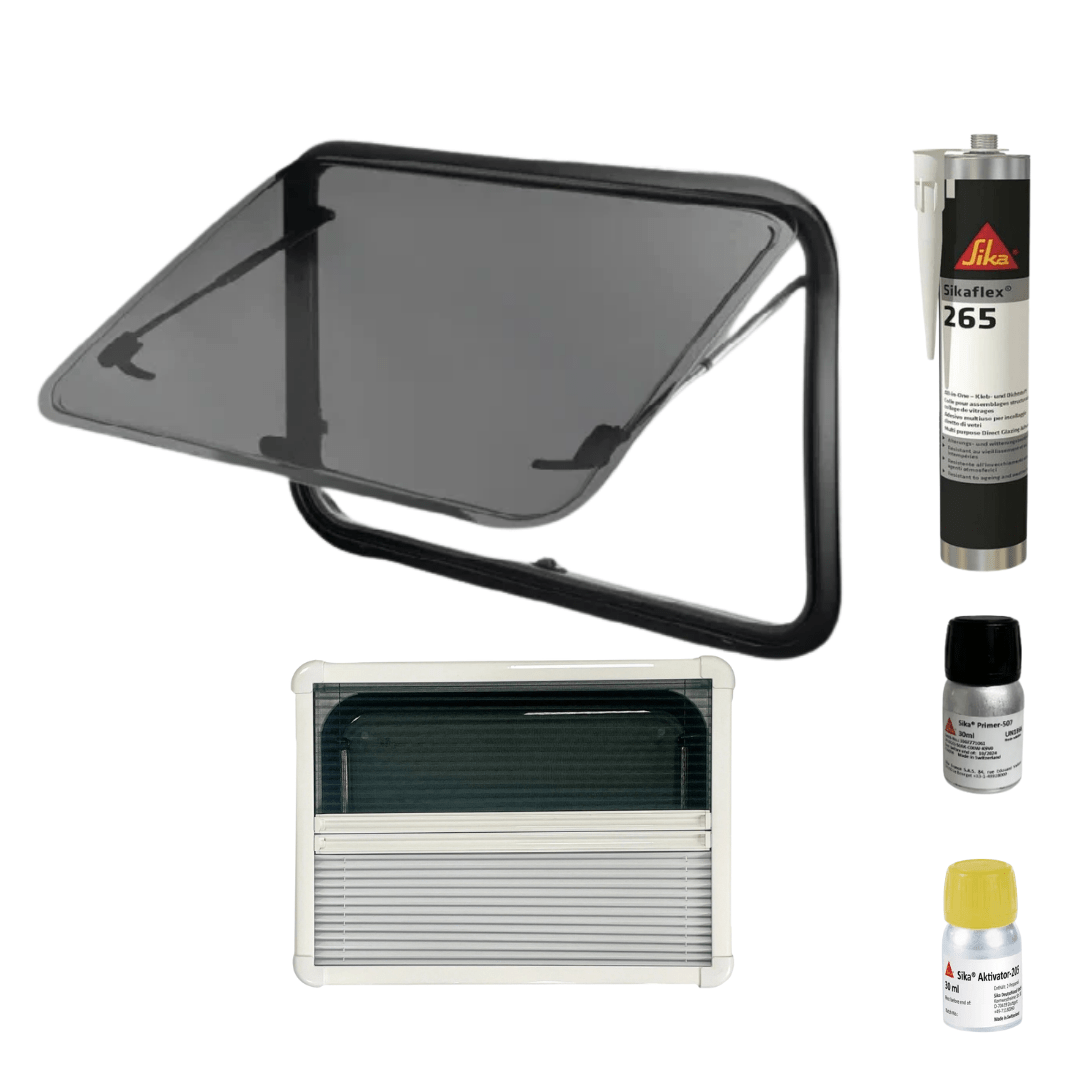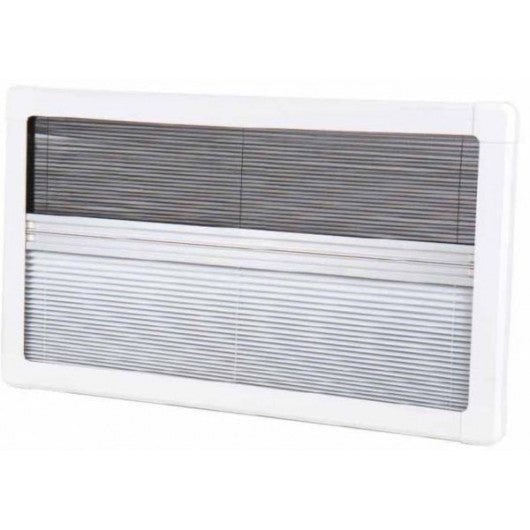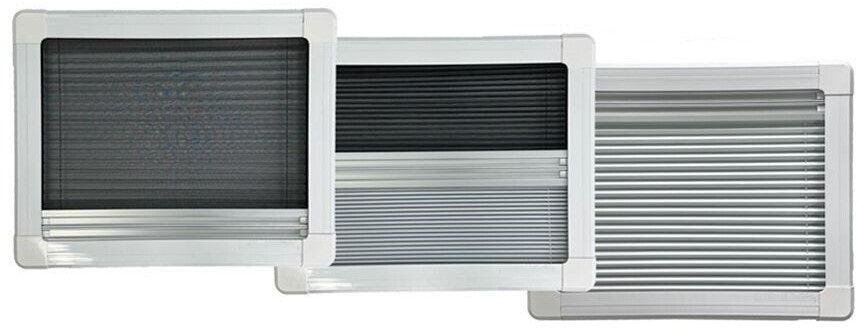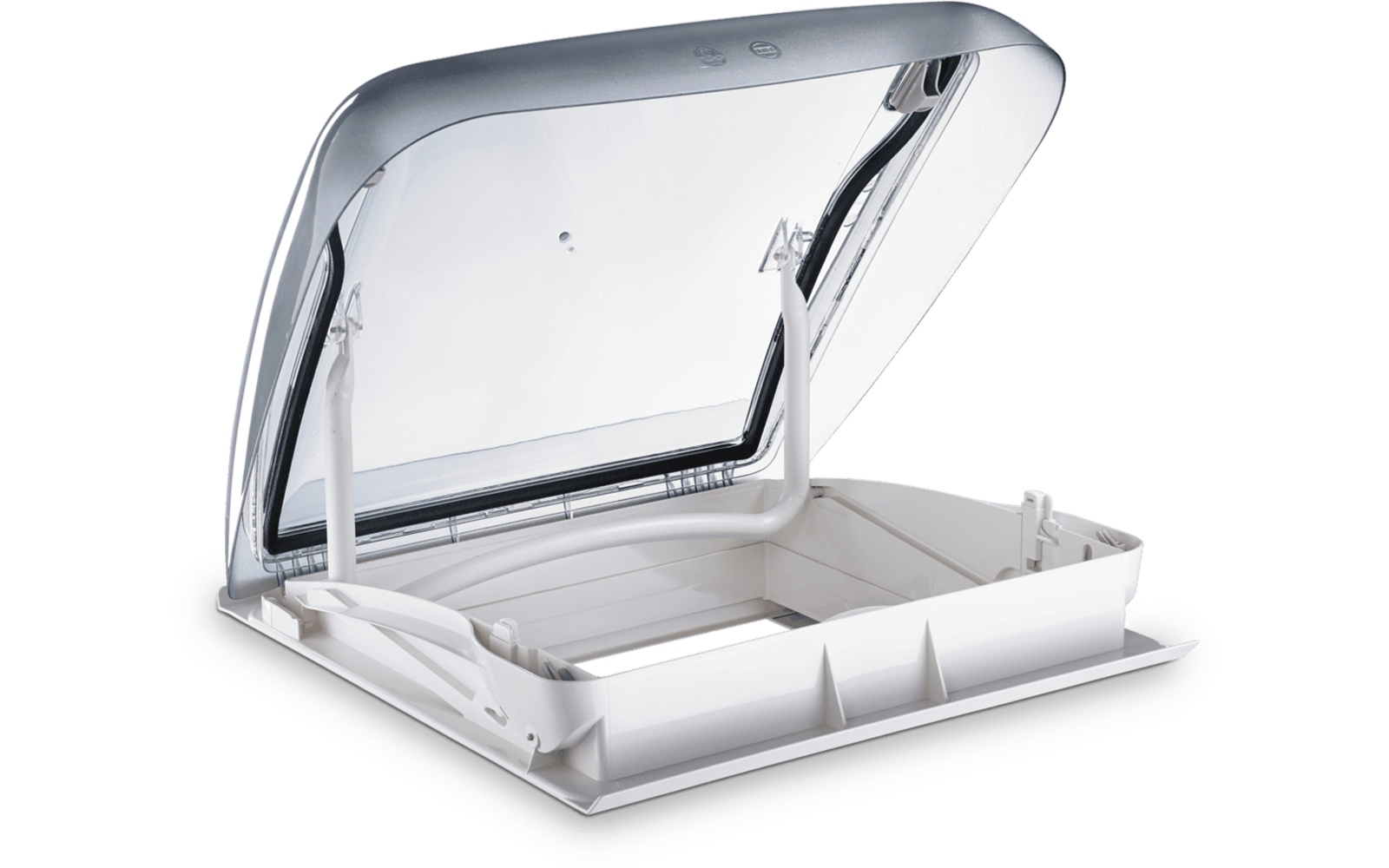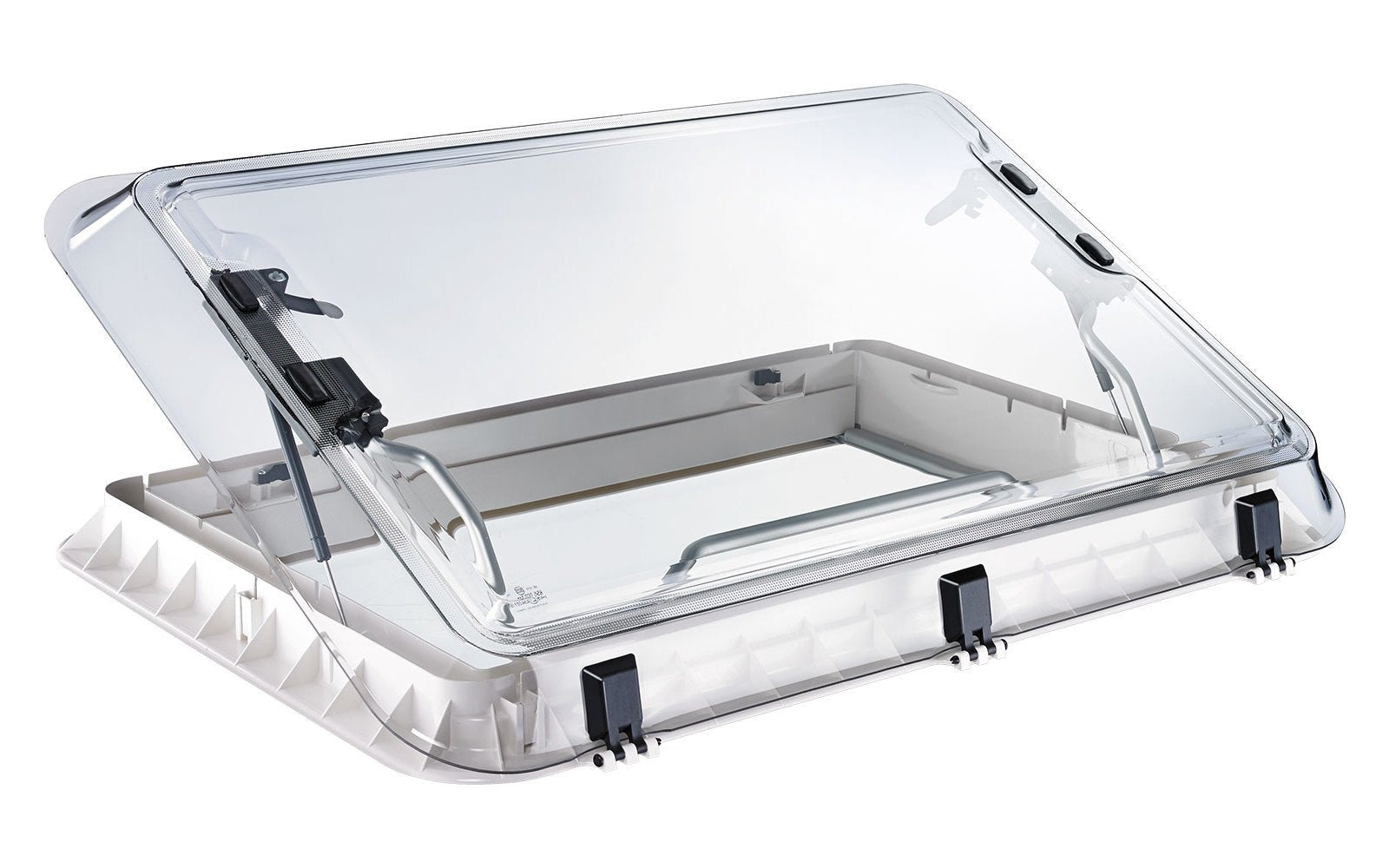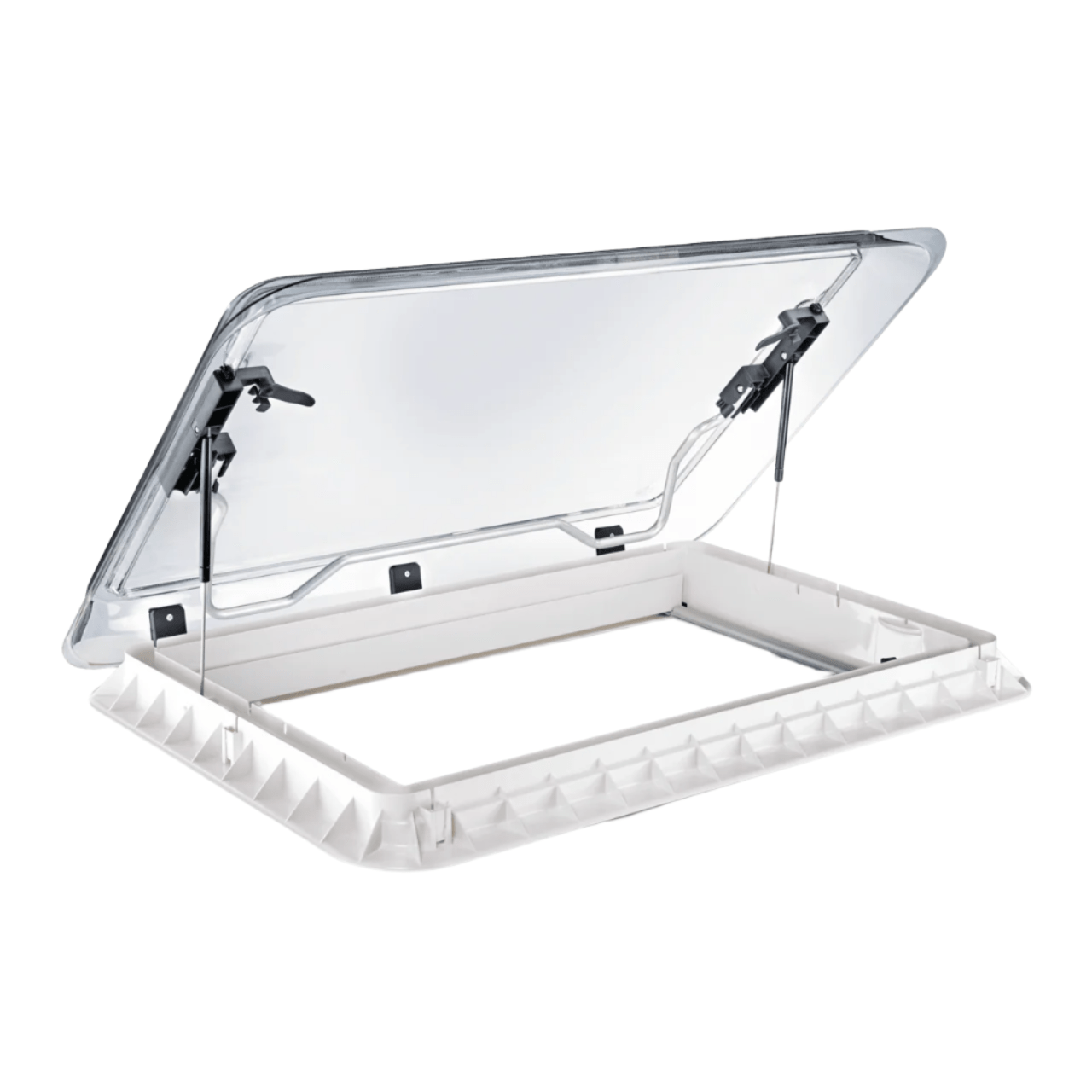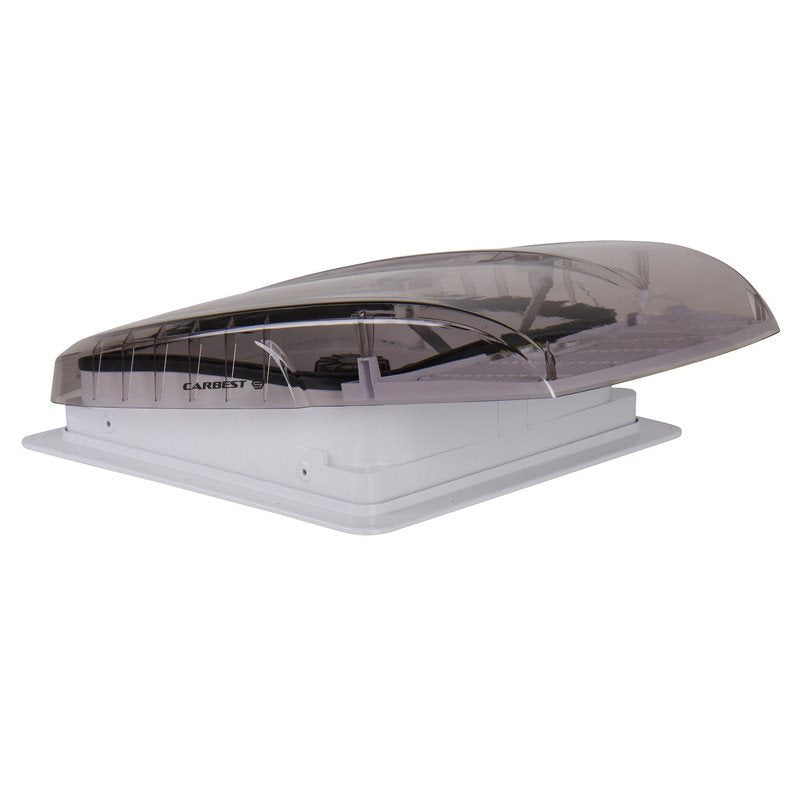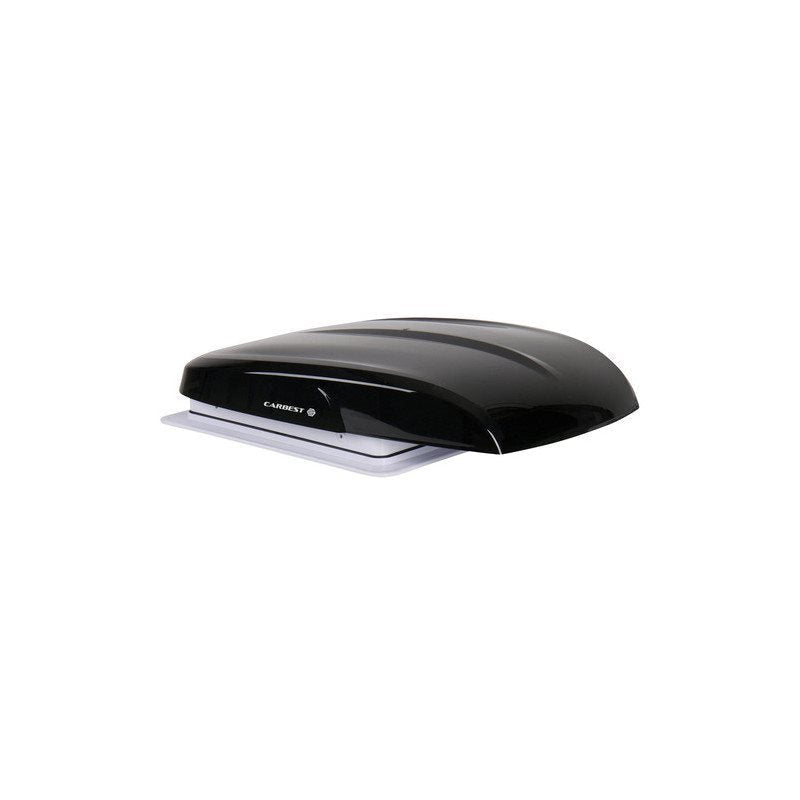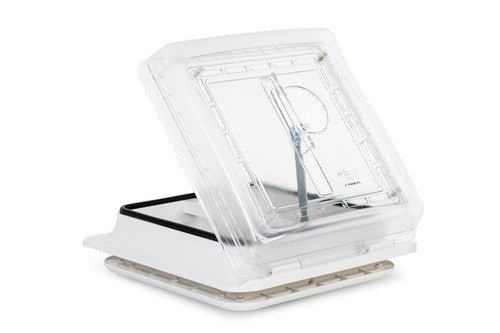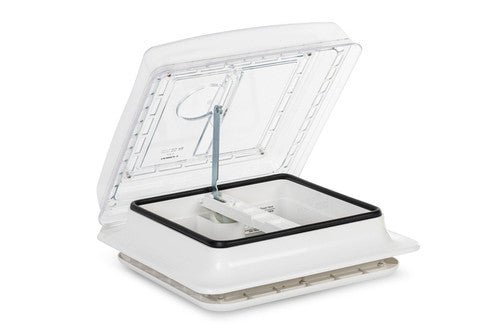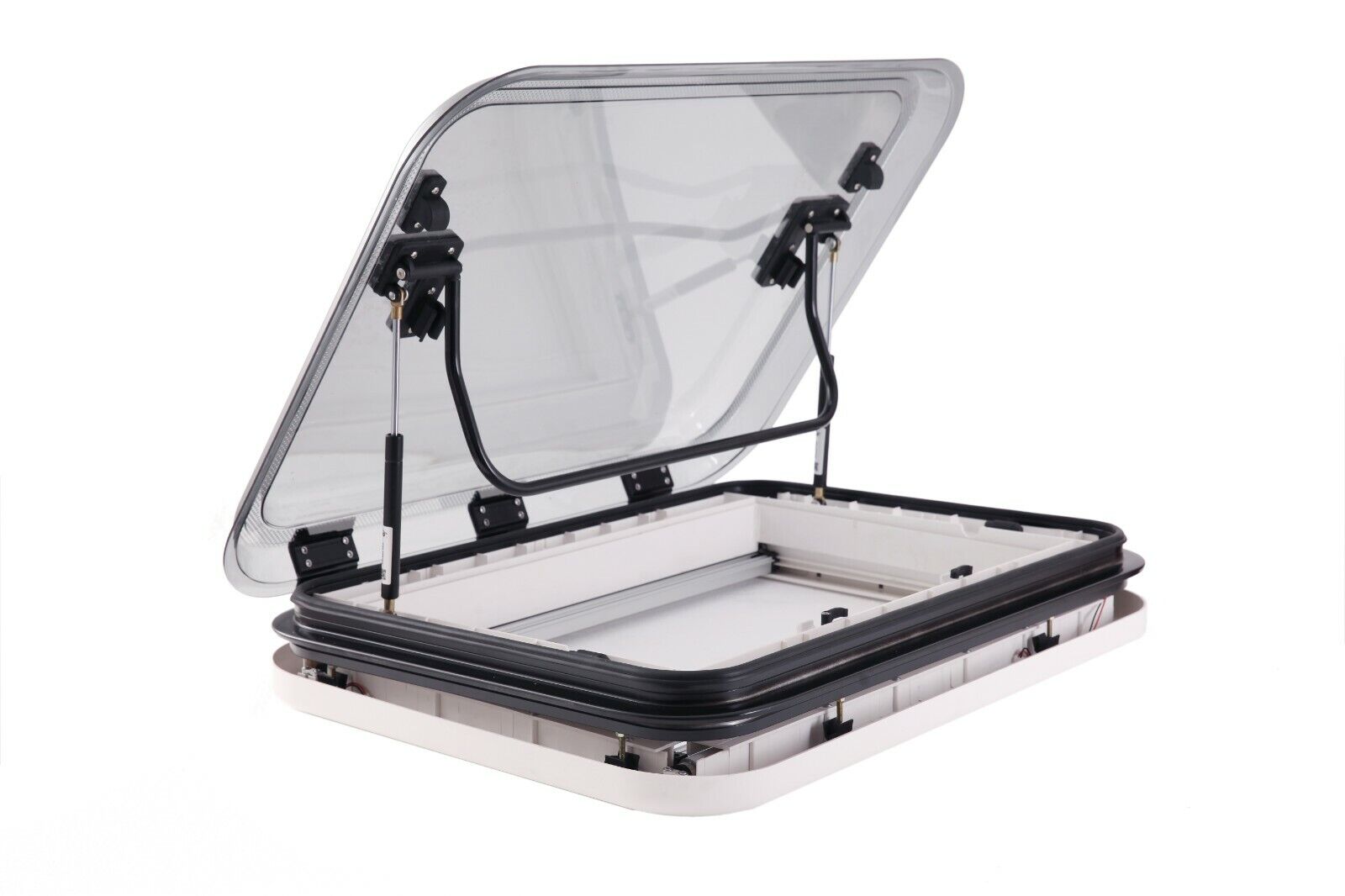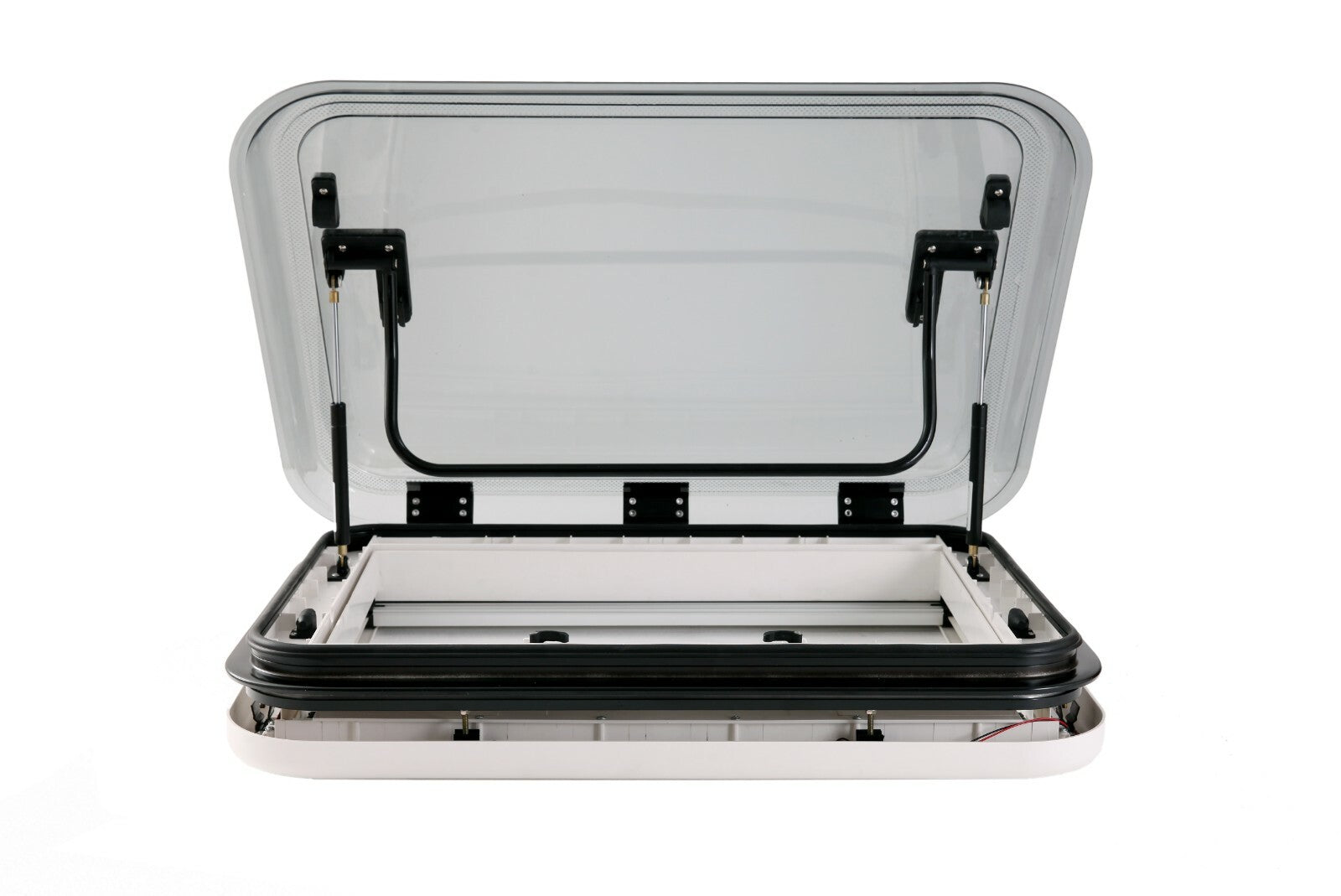Fitting out a motorhome or a converted van is an exciting but sometimes complex project. Between time, budget, and the many decisions to make, it's easy to overlook some details. Don't panic! Here are some fitting out tips and fitting out advice to successfully complete your project without stress, even if you want to fit out on a budget. 🛠️✨
- 1. 1️⃣ Forgetting to insulate the floor of your van ❄️
- 2. 2️⃣ Not planning heating from the start 🌡️
- 3. 3️⃣ Poorly distributing the weight in the van 🚛⚖️
- 4. 4️⃣ Lack of functional storage 📦
- 5. 5️⃣ Neglecting the budget for exterior improvements 💸
- 6. 6️⃣ Underestimating the importance of Windows and windows
- 7. 7️⃣ Neglecting the installation or choice of Skylight 🌬️
First of all, a few words about Vanlife Store
At Vanlife Store, we are above all vanlife and adventure enthusiasts! After years on the road living our dream, we love sharing our tips, ideas, and good deals to help you transform your van into a true home on wheels.
We are also experts in fitting out, which allows us to offer you relevant advice and products for your projects or repairs of converted vehicles, always at the best prices.
Subscribe to our newsletter to receive our best advice, inspiration for your next getaways, and great offers to equip your van. Ready to go on an adventure with us? 🚐✨ Let's go!
Our Vanlife fitting out experts are here for you! Whether you have a question about our products or are looking for advice to transform your van into a true nomadic cocoon, contact us – we will be happy to guide you!
1️⃣ Forgetting to insulate the floor of your van ❄️

👉 Why is it important? In a motorhome conversion or a converted van, insulation is one of the essential first steps for a comfortable living space, whether in winter or summer. If you only insulate the walls and roof while neglecting the floor, you create a thermal bridge 🧊. This means the floor will become a pathway for outside temperatures, making your van much colder in winter and reducing the effectiveness of your overall insulation.
👉 Consequences of an uninsulated floor:
- Significant heat loss: Warm air rises, but if the floor remains cold, overall thermal comfort will be greatly reduced.
- Condensation: An uninsulated floor promotes condensation, which can cause mold and damage your equipment or structures.
- Permanent discomfort: Your feet will be directly exposed to the cold, making winter evenings unpleasant even with onboard heating.
2️⃣ Not planning heating from the start 🌡️

👉 Why is this a mistake?
In a motorhome or a converted van, the common misconception that heating is unnecessary in mild climates is widespread. However, even in southern France or Europe, nights can be surprisingly cool 🌙, especially off-season. A well-installed heating system from the start makes all the difference for comfortable vanlife. Additionally, it saves you administrative and technical hassles if you need to add it after VASP approval 🚐✔️.
👉 Complications of late installation:
- Repassing VASP approval: If your vehicle is already registered as VASP (motorhome), adding heating afterward will require reinspection to comply. This can lead to extra costs and delays.
- Installation complexity: Once your motorhome conversion is finished, adding a heating system may require dismantling parts like furniture or flooring, making the process costly and laborious.
Discover the AUTOTERM AIR 2D, a certified autonomous diesel heater, ideal for warming your converted van or motorhome and enjoying your adventures all year round!
3️⃣ Poorly distributing the weight in the van 🚛⚖️

A poorly balanced van or motorhome leads to rapid wear of suspensions and tires 😱. For a well-thought-out fit-out:
✅ Distribute heavy loads (batteries, water tanks, fridge) evenly between front and rear, and also between sides.
📦 Things to watch in your motorhome or van fit-out:
- Fresh water tank: 1L of water = 1 kg, so an 80L tank weighs... 80 kg 💧.
- Batteries: Up to 50 kg depending on type ⚡.
- Fridge: Even empty, it can weigh up to 20 kg 🥶.
- Furniture: Choosing lightweight materials (light wood) is crucial to avoid unnecessarily weighing down your space! 🚪
4️⃣ Lack of functional storage 📦

👉 Why is this a mistake?
Life in a motorhome or converted van is about simplicity and minimalism. But if your storage is not practical or accessible, it risks becoming useless, turning your adventures into a real headache 🌀. Whether you are a vanlife enthusiast or a nomadic adventurer, well-planned storage spaces are essential to maximize comfort and efficiency in your motorhome fit-out.
🔑 Key principles for effective storage
1️⃣ Accessibility above all:
- Your storage should be designed for easy and quick access to your belongings.
- Favor sliding drawers, hinged doors, or rail storage systems that allow you to reach every corner without hassle.
2️⃣ Organize by categories:
- Divide your spaces into dedicated zones: clothes, kitchen, tools, toiletries, etc. This makes daily life easier and avoids disturbing everything to find an item.
- Add bins or storage pouches to compartmentalize.
3️⃣ Optimize lost spaces:
- Use every nook of your van: under benches, above doors, or even behind panels.
- Hidden spaces can become valuable storage, provided they remain accessible.
5️⃣ Neglecting the budget for exterior improvements 💸

When you want to fit out on a budget, you often focus on the interior. However, exterior elements are just as essential for a safe and comfortable motorhome trip.
✅ To include in your motorhome or converted van fit-out budget:
- Reinforced suspensions and suitable tires: If your GVWR (gross vehicle weight rating) approaches 3.5 tons, reinforce your suspension to improve driving and safety 🚙.
- Recovery equipment: Straps and shovels are essential to get out of tricky situations (mud, sand, snow) 🌍.
- Security system: Alarm or GPS tracker to protect your rolling home 🕵️.
6️⃣ Underestimating the importance of Windows and windows

👉 Why is this a mistake?
Choosing poorly, installing incorrectly, or forgetting to secure the glazed Windows and windows of your motorhome or converted van can quickly become a headache. Poor sealing can cause water leaks 🌧️, drafts ❄️, or insufficient thermal insulation. Moreover, poorly secured windows can make your vehicle more vulnerable to break-ins 🚨.
🔧 Best practices to avoid this mistake:
1️⃣ Choose suitable Windows:
- Opt for windows specific to motorhomes or converted vans, designed to withstand vibrations and outdoor conditions.
- Prefer models with double glazing for better thermal and sound insulation.
2️⃣ Ensure perfect installation:
- Use suitable sealants (butyl or polyurethane) to guarantee perfect waterproofing.
- Check alignment and securely fasten windows to prevent loosening over time.
3️⃣ Secure your openings:
- Install reinforced locks or anti-theft grilles to protect your glazed Windows.
- Consider integrated blackout blinds and mosquito nets for more comfort and security.
👉 Fitting tip: Poor management of Windows and windows can turn your vanlife into a hassle. Investing in quality Windows and installing them correctly guarantees a comfortable, secure, and trouble-free motorhome or converted van trip! 🚐✨
🎉 Good news: Discover our selection of Windows and windows for motorhomes at unbeatable prices, always on sale on our site. Treat yourself to the peace of mind and comfort you deserve without breaking your budget! 🌞🔧
7️⃣ Neglecting the installation or choice of Skylight 🌬️

👉 Why is this a mistake?
The Skylight are essential to ensure good ventilation and lighting in your motorhome or converted van, but they are often poorly chosen or installed. Incorrect installation can cause water leaks 🌧️, excessive noise while driving 🚐💨, or poor ventilation, making the interior uncomfortable and stuffy.
🔧 Best practices to avoid this mistake:
1️⃣ Choose the right roof vent:
- Prefer a model suited to your use, with options like permanent ventilation or integrated blackout/mosquito screens.
- If you often travel in summer, a roof vent with integrated fan can be a real asset to cool the interior.
2️⃣ Ensure flawless installation:
- Clean and prepare the surface before installation to ensure good adhesion.
- Use a suitable sealant and apply it evenly to prevent leaks.
3️⃣ Maintain your Skylight regularly:
- Check seals and tighten screws regularly to prevent wear.
- Clean surfaces to avoid dust or debris damaging mechanisms or blocking ventilation.
👉 Fitting tip: A well-chosen and well-installed roof vent transforms your vanlife by ensuring better lighting, permanent ventilation, and top interior comfort, no matter the season! 🌞🌬️
🎉 Good news: Discover our roof vents for motorhomes and converted vans on our site, always at unbeatable prices and with exclusive promotions. Take advantage to improve your fit-out on a budget! 🚐✨
🚀 Summary of the 7 key steps to fit out a van, campervan, or motorhome
1️⃣ Planning and design 📝: Before fitting out your converted van, define your needs: usage (occasional travel or nomadic life?), number of people, essential equipment (bed, kitchen, bathroom...) and budget. A good fit-out plan optimizes space and avoids costly mistakes.
2️⃣ Vehicle preparation 🛠️: Check the mechanical condition of the vehicle (engine, tires, brakes…), treat rust, clean thoroughly, and remove unnecessary elements (seats, old coverings) to start with a healthy base before fitting out.
3️⃣ Insulation and coverings 🔥: Good thermal and acoustic insulation is essential for year-round comfort. Use materials like wool, cork, or polyurethane foam. Dress the interior with plywood, paneling, or a vinyl covering for an easy-to-maintain floor.
4️⃣ Electrical installation ⚡: An autonomous electrical system is essential to power your van equipment (fridge, lighting, USB outlets…). Install an auxiliary battery, a DC/DC charger, solar panels, a 12V/220V converter, and favor low-consumption LED lighting.
5️⃣ Water and plumbing 🚿: For more comfort, add a fresh water tank (20 to 50L), a waste water tank, a water pump, a sink, an indoor or outdoor shower, and if needed, dry or chemical toilets for full autonomy.
6️⃣ Interior fit-out 🏡: Optimize space with a fixed or convertible bed, a compact kitchen with a stove and fridge, smart storage (drawers, shelves), and a modular seating area. If space allows, include a waterproof bathroom for added comfort.
7️⃣ Personalization and decoration 🎨: Give character to your converted van with colors, textiles, curtains, and accessories suited to your lifestyle. Secure elements firmly to prevent movement on the road and enjoy a space that reflects you! 🚐✨
📌 Want even more tips and advice to fit out your van or motorhome? Discover all our detailed guides on our site!
7 key steps to fit out a van, campervan, or motorhome
1️⃣ Planning and design
2️⃣ Vehicle preparation 🛠️
3️⃣ Insulation and coverings 🔥
4️⃣ Electrical installation ⚡
5️⃣ Water and plumbing 🚿
6️⃣ Interior fit-out 🏡
7️⃣ Personalization and decoration 🎨


